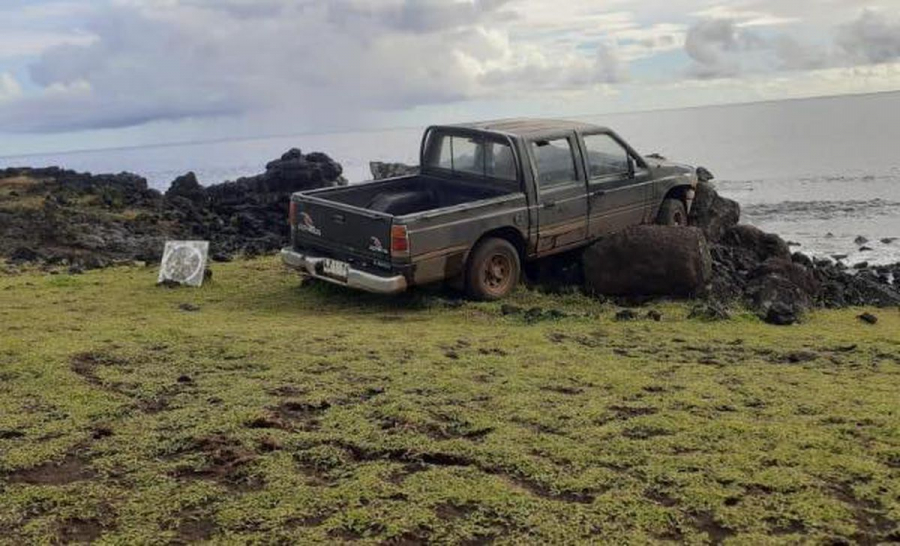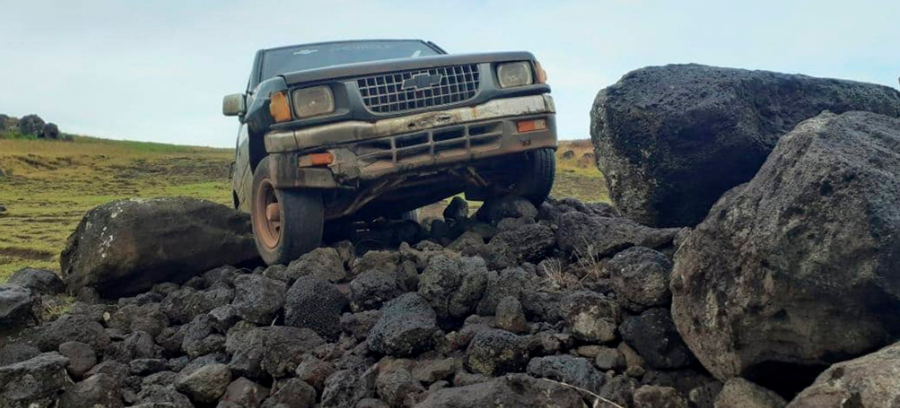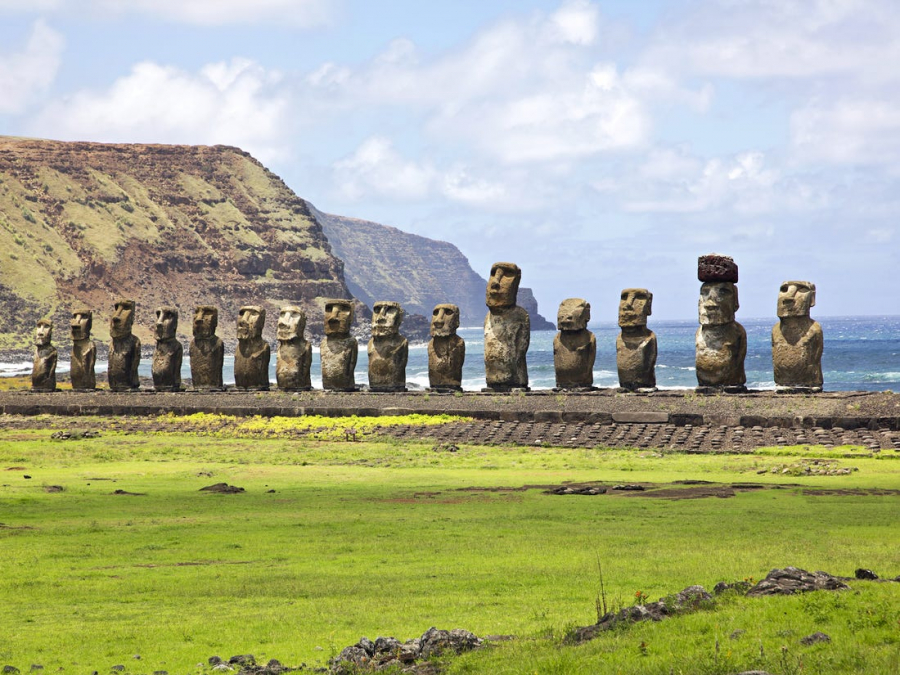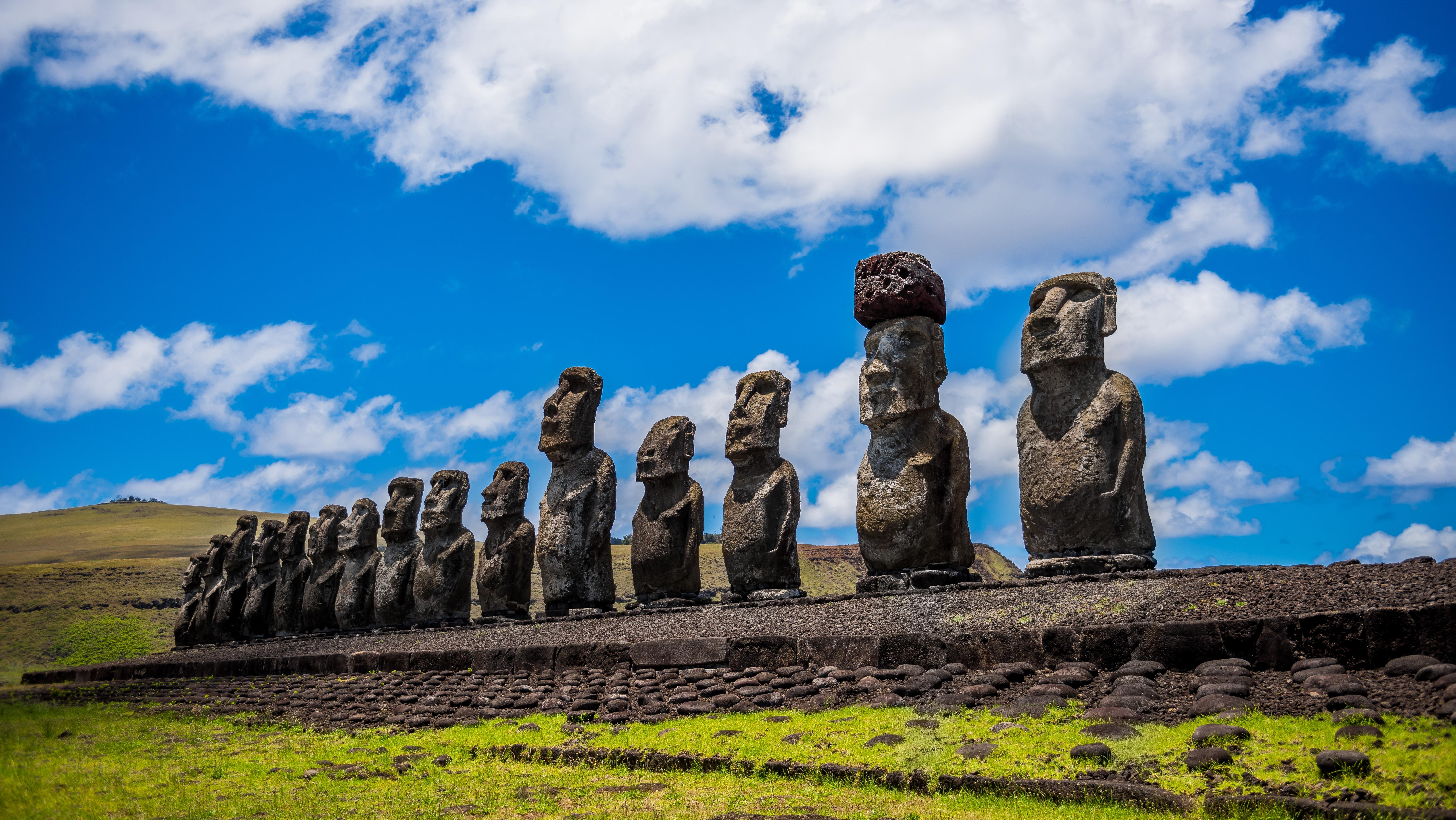Located in the Pacific Ocean near Chile, Easter Island has attracted much attention thanks to the mysteries of the 887 giant stone statues called moai created by the Rapa Nui people around 700 to 1100 AD. For the Rapa Nui people, who worship spirituality and ancestors, each moai statue is considered the embodiment of the deceased or of the leaders who held power in the past.

Today, the area is a popular tourist destination with over 130,000 visitors each year. Overtourism has led to many consequences such as tons of waste being thrown away by tourists, increasingly congested traffic, etc. The peak was on March 5, when a truck crashed into the large stone base of the moai statue called aha, shattering it and causing the statue to fall to the ground.

The man, who has lived on the island for more than 12 years, was arrested and charged with damaging a national monument. Investigations have shown that he was not under the influence of alcohol at the time of the accident, and police believe the accident was caused by brake failure. He is due to appear in court next week.

Local authorities said the incident had caused “incalculable” damage. The Ma’u Henua community on Easter Island said they were “deeply saddened and outraged by the incident,” and hoped the government would take swift action to protect the moai and other aha statues and prevent similar unfortunate incidents from happening again. For indigenous people, “moai are not just archaeological relics, but sacred elements of a culture and important symbols that express the Rapa Nui worldview.”

Previously, the island's mayor, Pedro Edmunds Paoa, proposed to establish traffic regulations to limit traffic in the area near the statues. However, most of the island's residents opposed it and thought it was unnecessary. The recent incident has made everyone reconsider this proposal.
In addition, Mayor Edmunds Paoa also wants a financial commitment from the museum to preserve the remaining moai statues on the island: "The moai statues are being buried, crumbling and disappearing. They are made of volcanic rock and are eroded by rain and wind. So we need modern technology to preserve them."






























